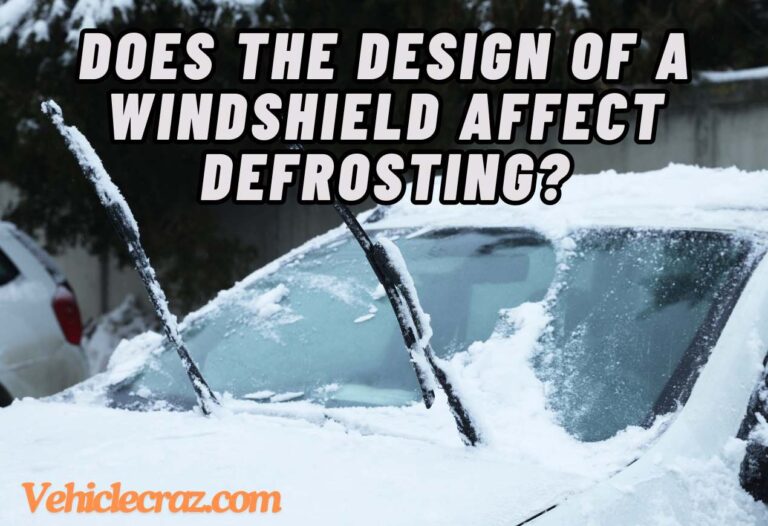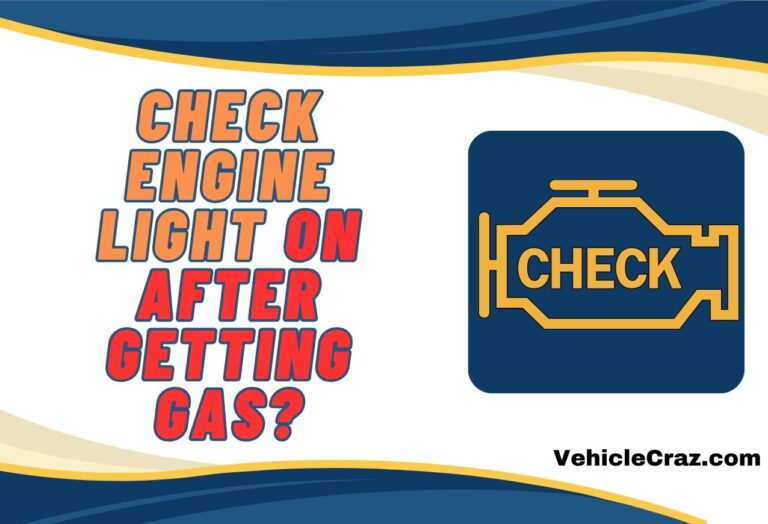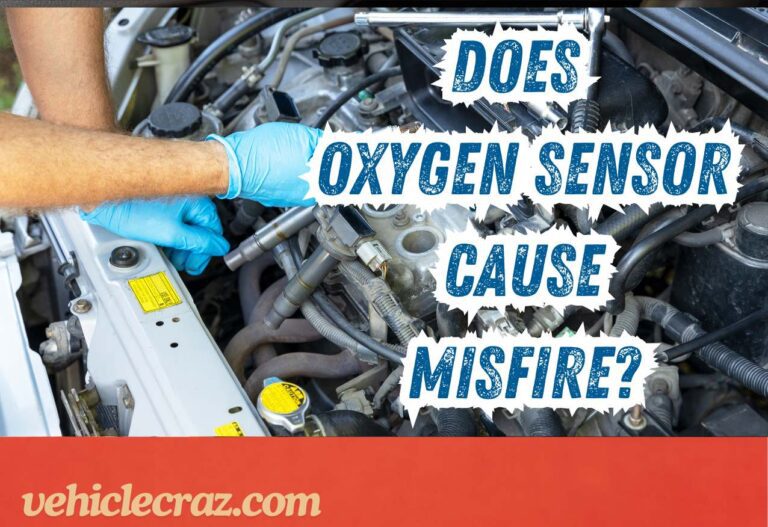Water Leaks into the Vehicle Through the Windshield? [Solved]
Have you noticed water pooling inside your vehicle after a rainstorm or a trip to the car wash? Water leaks through the windshield can be a common but frustrating issue for many car owners. Whether caused by aging seals, poor installation, or cracks in the glass, a leaking windshield isn’t just an annoyance—it can lead to significant damage to your vehicle’s interior.
What Causes Water to Leak Through the Windshield?
Water leaks through the windshield can be caused by a variety of factors, ranging from poor installation to wear and tear over time. Here’s a detailed breakdown of the most common causes:
Poor Windshield Installation
One of the leading causes of water leaks is improper installation. If a windshield isn’t installed correctly or if the adhesive (urethane) doesn’t bond properly, gaps can form between the glass and the vehicle’s frame.
These gaps allow water to seep through, especially during heavy rain or car washes. Poor installation can result from rushed jobs, improper adhesive use, or failure to clean the bonding area adequately.
Deteriorating or Damaged Seals
Over time, the rubber seals that surround the windshield can deteriorate due to exposure to UV rays, extreme temperatures, or aging.
These seals are essential for keeping water out, but as they dry out or crack, they lose their effectiveness, allowing moisture to enter the vehicle. Road debris, such as small rocks or dirt, can also cause damage to these seals, exacerbating the problem.
Cracks or Chips in the Windshield
Even small chips or cracks in the windshield can become entry points for water. Cracks often result from impacts with road debris or stress from temperature fluctuations. These minor damages may seem insignificant at first, but they can worsen over time, leading to more severe leaks.
Body Panel or Frame Damage
The vehicle’s body panel or frame, especially near the windshield, plays a critical role in maintaining a watertight seal. Damage to the frame, caused by accidents, rust, or structural wear, can disrupt the windshield’s seal.
When the frame is compromised, water can easily find its way through weak spots around the windshield.
Clogged Drainage System
Most vehicles are designed with a drainage system that helps channel water away from the windshield and other key areas. When these drains become clogged with debris like leaves, dirt, or road grime, water may not be properly redirected and can pool around the windshield. This excess water can eventually find its way into the vehicle through any weak spots in the seal.
Poor-Quality Windshield Adhesive
Over time, the adhesive used to hold the windshield in place can lose its bond due to exposure to heat, moisture, and age. If the adhesive breaks down, it leaves gaps where water can penetrate. Additionally, using low-quality adhesive materials during windshield installation or repair can lead to premature adhesive failure.
Sunroof or Roof Rack Leaks
While not directly related to the windshield, leaks from other areas like the sunroof or roof racks can often be misdiagnosed as windshield leaks. Water can travel along the vehicle’s roofline and drip down near the windshield, leading to confusion about the source of the leak.


I’m Alex, a seasoned mechanical teacher with over 20 years of hands-on experience in Australia. My passion for all things automotive has driven me to establish this blog, aiming to share my wealth of knowledge and expertise with fellow enthusiasts, DIYers, and anyone keen on understanding the mechanics behind the machines we rely on daily.







